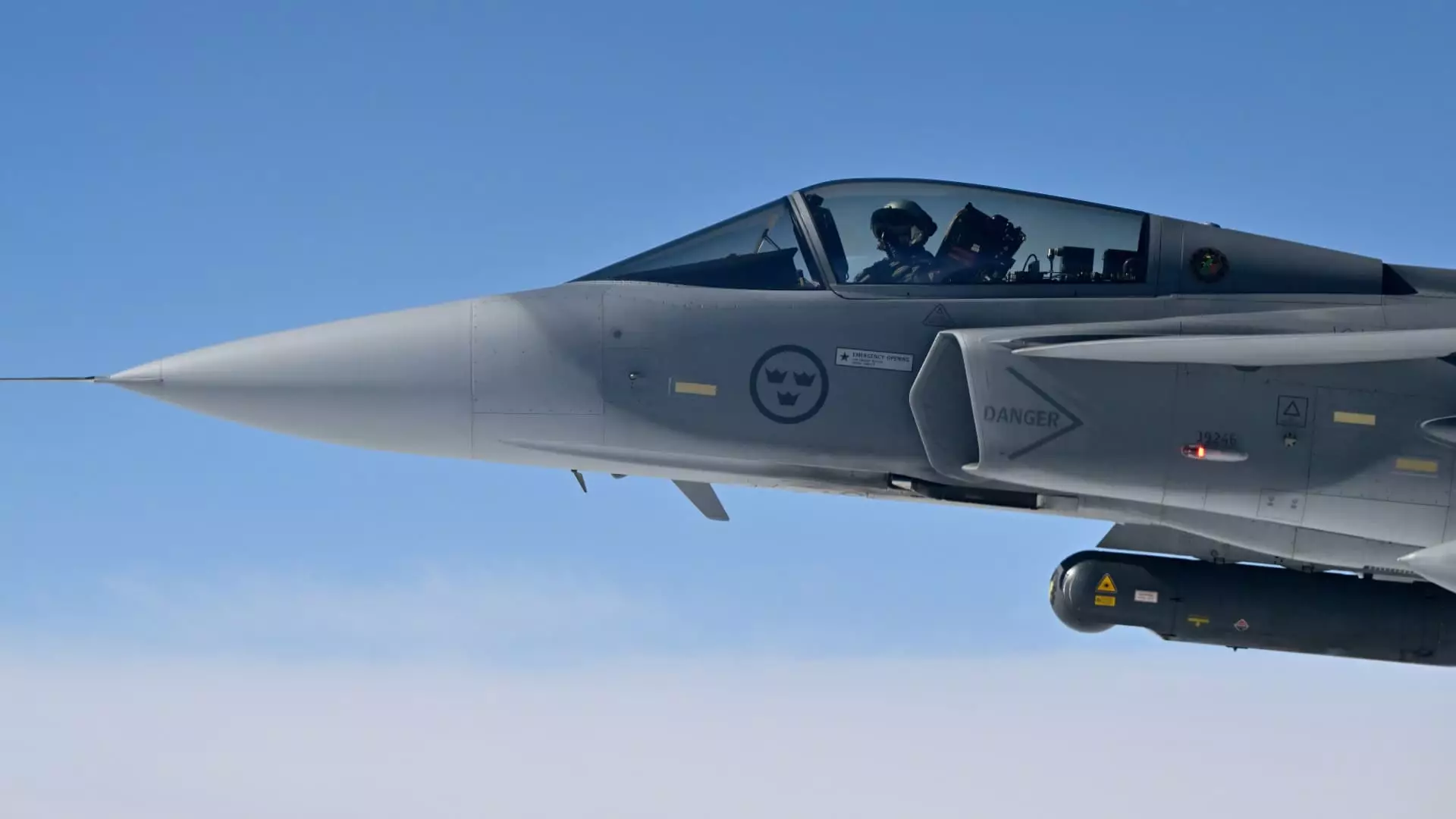Recent financial highlights from Saab, one of Europe’s prominent defense manufacturers, reveal a staggering 131% rise in its stock value since the start of the year. This remarkable growth, driven by a 49% increase in operating income and a 30% rise in sales for the second quarter, is undeniably impressive from an investor’s perspective. However, beneath this veneer of corporate success lies a deeper, more troubling narrative—one that hints at Europe’s intentional push into increasing militarization amid a shifting geopolitical landscape. While economic gains for companies like Saab are laudable, they raise pressing questions about the long-term implications of an accelerated arms race in a continent already grappling with internal and external tensions.
<...>
The Political and Social Ramifications of Europe’s Rearmament Agenda
The European Union’s recent proposal to bolster defense budgets with a €2 trillion plan signals a significant shift in regional priorities. It is portrayed as a necessary step towards ensuring security; however, the broader context suggests a trajectory toward greater conflict readiness rather than diplomatic resolution. This strategy aligns with the NATO commitment to raising defense spending to 5% of member nations’ GDP—a move driven partly by external influences, notably U.S. pressure following former President Trump’s insistence that Europe shoulder more responsibility. While these measures may seem pragmatic in a volatile world, they risk entrenching militarism within Europe’s political fabric, potentially diminishing avenues for peaceful diplomacy.
The Dangers of a Militarized Future
What is often overlooked in discussions about increased defense spending is its social and moral cost. Enhanced military budgets tend to divert resources away from critical social programs such as healthcare, education, and environmental initiatives. The narrative of necessity often masks a deeper fear—an anxiety that Europe is succumbing to a cycle of hostility that feeds on its own security fears. The defense industry, exemplified by Saab’s soaring profits, stands to benefit immensely from this trend, but at what societal expense? The burgeoning arms industry risks normalizing conflict as an acceptable means of policy, an approach that could deepen divisions both within and outside European borders.
A Critical Reflection on Europe’s Strategic Direction
While the justification for increased military spending is framed around self-defense and strategic independence, this approach neglects the potential for diplomatic solutions and international cooperation. Ramping up arms inevitably heightens the possibility of miscalculation and escalation, making preventative diplomacy all the more urgent. Europe’s current course—fueled by private military profits and political rhetoric about security—favors short-term gains over long-term stability. As skeptics, we must question whether this rearmament is a true response to threats or a dangerous drift into a perpetual cycle of conflict, perpetuated by economic interests and fear-mongering.
Europe’s embrace of militarization, exemplified by rising defense stocks and expanding budgets, carries significant risks that extend beyond the balance sheets of defense companies. It reflects a broader societal shift towards conflict readiness, which could undermine the very foundations of peaceful coexistence and international cooperation that Europe claims to champion. The path forward demands a skeptical, balanced approach—questioning whether security is truly enhanced or merely weaponized for profit and power.

